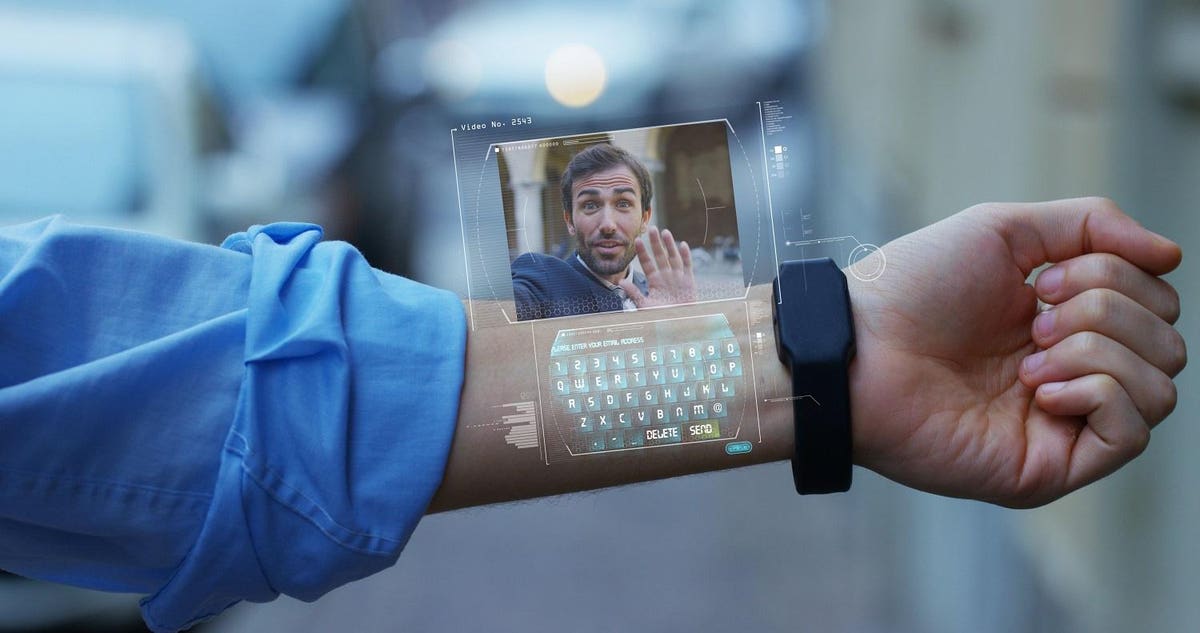In recent years, wearable technology has evolved at an unprecedented pace, transforming the way we interact with our devices and monitor our health. From smartwatches to fitness trackers, the latest trends in wearable technology are not only enhancing user experience but also integrating seamlessly into our daily lives. As we delve into the world of wearables, we will explore how innovations in health monitoring, smart clothing, and augmented reality are shaping the future of this dynamic industry.
As you read further, you will discover the groundbreaking advancements that are making wearables more intuitive and user-friendly. We will discuss the rise of health-focused wearables that provide real-time data on vital signs, enabling users to take charge of their well-being like never before. Additionally, we will highlight the emergence of smart clothing that adapts to the wearer’s needs, offering comfort and functionality in a stylish package.
Moreover, we will examine the integration of augmented reality in wearable devices, which is revolutionizing how we perceive and interact with our environment. This article will not only inform you about the latest trends but also inspire you to consider how these technologies can enhance your lifestyle. So, stay with us as we uncover the exciting developments in wearable technology that are set to redefine our future.
Wearable technology has rapidly evolved over the past few years, integrating advanced features that enhance user experience and functionality. This article explores the latest trends in this dynamic field.
Health and Fitness Tracking
One of the most significant trends in wearable technology is the focus on health and fitness tracking. Devices such as smartwatches and fitness bands are equipped with sensors that monitor heart rate, sleep patterns, and physical activity levels. This data helps users maintain a healthier lifestyle by providing insights into their daily habits.
Moreover, the integration of advanced algorithms allows for personalized fitness recommendations, making it easier for users to set and achieve their health goals. As consumers become more health-conscious, the demand for wearables that offer comprehensive health tracking features continues to rise.
Integration with Smart Home Devices
Another emerging trend is the integration of wearable technology with smart home devices. Wearables can now control various aspects of the home environment, such as lighting, temperature, and security systems. This seamless connectivity enhances user convenience and creates a more cohesive smart home experience.
For instance, users can adjust their home settings directly from their smartwatches or fitness trackers, making it easier to manage their living space. This trend not only improves user experience but also encourages the adoption of smart home technology among consumers.
Enhanced Connectivity and 5G Technology
The rollout of 5G technology is set to revolutionize wearable devices by providing faster and more reliable connectivity. This enhanced connectivity allows wearables to transmit data in real-time, enabling features such as live health monitoring and instant notifications.
As a result, users can stay connected without relying on their smartphones, making wearables more independent and functional. The increased bandwidth and lower latency of 5G networks will likely lead to the development of more advanced applications and services in the wearable technology space.
Fashion and Customization
Wearable technology is increasingly becoming a fashion statement, with brands focusing on aesthetics and customization options. Consumers are looking for devices that not only offer functionality but also complement their personal style.
As a response, manufacturers are collaborating with fashion designers to create stylish wearables that appeal to a broader audience. Customization features, such as interchangeable bands and personalized watch faces, allow users to express their individuality while enjoying the benefits of wearable technology.
Mental Health Monitoring
With growing awareness of mental health issues, wearable technology is beginning to incorporate features that monitor mental well-being. Devices are now equipped with sensors that track stress levels, mood changes, and even meditation practices.
This trend reflects a holistic approach to health, recognizing the importance of mental well-being alongside physical fitness. By providing users with insights into their mental health, wearables can help promote mindfulness and encourage healthier coping strategies.
Augmented Reality (AR) Integration
Augmented reality is making its way into wearable technology, particularly through smart glasses and headsets. These devices overlay digital information onto the real world, enhancing user interaction and engagement.
For example, AR-enabled wearables can provide real-time navigation, display notifications, or even assist in training and education. As AR technology continues to advance, its integration into wearables is expected to create new opportunities for immersive experiences.
| Trend | Description |
|---|---|
| Health Monitoring | Wearable devices are increasingly equipped with advanced sensors to monitor health metrics such as heart rate, blood oxygen levels, and sleep patterns, providing users with real-time health data. |
| Fitness Tracking | Fitness wearables continue to evolve, offering features like GPS tracking, workout analysis, and personalized coaching to help users achieve their fitness goals. |
| Smart Clothing | Integration of technology into fabrics is on the rise, with smart clothing that can track biometrics and provide feedback on performance, enhancing the user experience. |
| Augmented Reality (AR) | AR wearables, such as smart glasses, are becoming more popular, providing users with interactive experiences and information overlays in real-time. |
| Integration with IoT | Wearables are increasingly connected to the Internet of Things (IoT), allowing for seamless communication between devices and enhancing functionality. |
| AI and Machine Learning | Artificial intelligence is being integrated into wearables to analyze user data, predict health issues, and provide personalized recommendations. |
| Fashion and Customization | Wearable technology is becoming more fashionable, with customizable designs and styles that appeal to a broader audience beyond fitness enthusiasts. |
| Battery Life Improvements | Advancements in battery technology are leading to longer-lasting wearables, reducing the frequency of charging and enhancing user convenience. |



